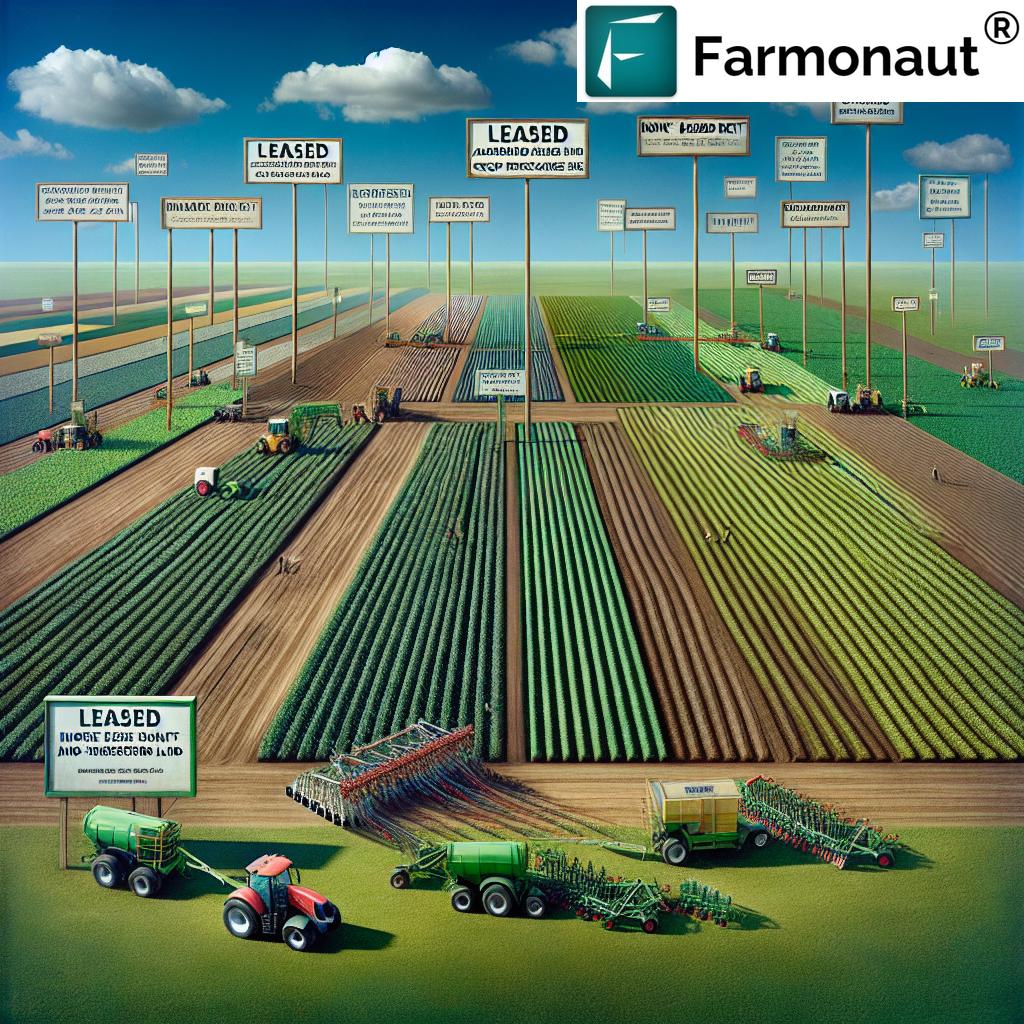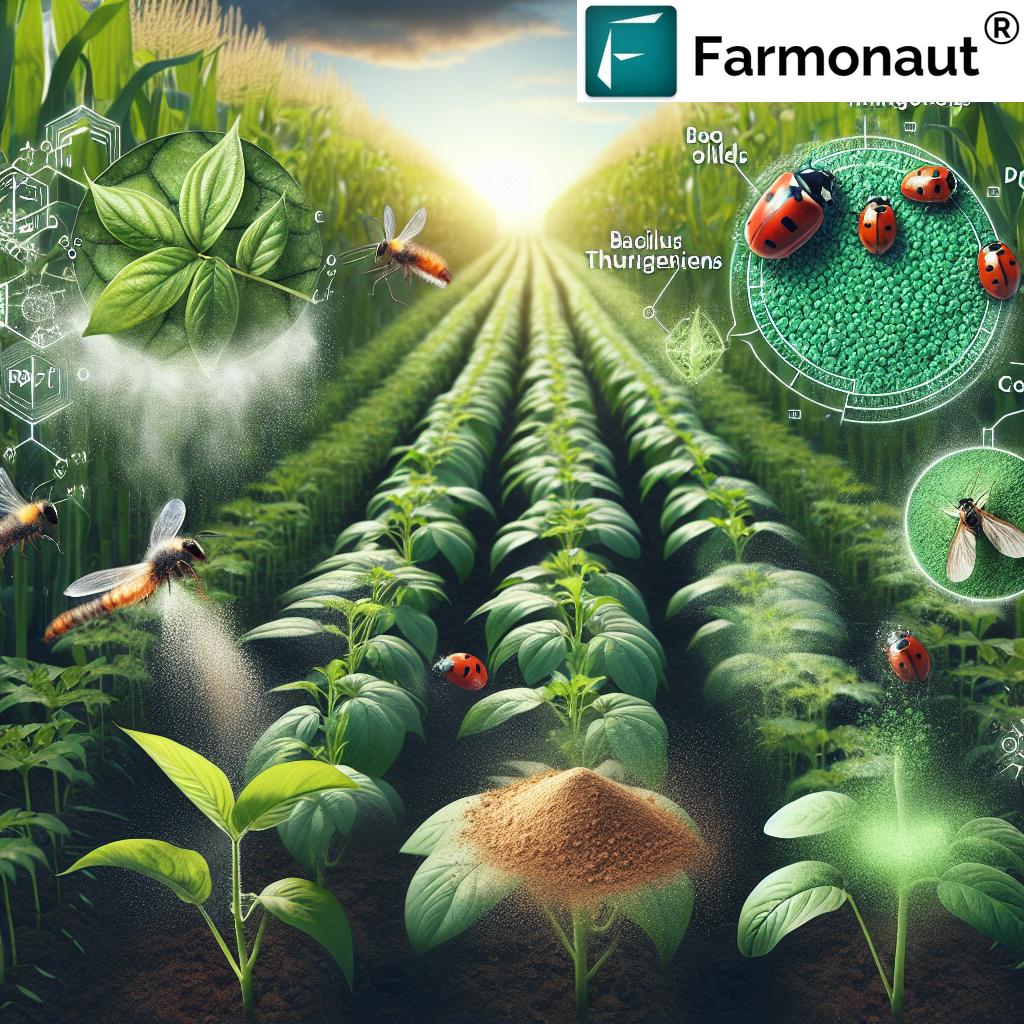Local Farmers Market Near Me: 7 Sustainable Tips 2026
“In 2025, over 8,600 local farmers markets supported sustainable agriculture communities across the U.S.”
Introduction: The Rise of Local Farmers Markets in 2026
The quest for a local farmers market near me is now much more than a preference for fresher food—it’s a conscious movement taking root in 2026, anchoring sustainable agriculture and building healthier, more resilient communities. In recent years, especially by 2025, the resurgence of these local markets has transformed public awareness, making the search and understanding of the local food dynamics a key part of how we eat, shop, and sustain our environment.
Why should we care? Local farmers markets offer a direct pathway from farm to table, minimizing intermediaries and ensuring that local farmers—many cultivating using organic and regenerative practices—receive a fair price while consumers enjoy fresher, higher-quality produce.
As we enter 2026, the question isn’t just about where to buy fresh goods. It’s about supporting local farmers, understanding seasonal changes (like the growing trend of winter farmers market near me), and choosing products that reflect a commitment to environmental stewardship and healthier communities. Let’s explore how you can make the most of these vital hubs, boost sustainability, and foster stronger connections between yourself, your food, and your region.
Sustainability & Community: Why Local Farmers Markets Matter
In the evolving agricultural landscape of 2026, local farmers markets have become the cornerstone of sustainability and community well-being.
- Reduced Food Miles: Local produce often travels less than 25 miles, slashing the carbon footprint associated with transportation.
- Support for Local Economies: Approximately 65% of market revenue (2025 data) stays in your region, bolstering small farms and businesses.
- Promotion of Sustainable Practices: Local farmers are more likely to follow crop rotation, integrated pest management, and other environmentally friendly techniques.
- Accessibility of Healthy, Seasonal Foods: Markets introduce you to unique regional vegetables, fruits, and specialty products like artisanal cheeses and honey.
- Community Building: These retail outlets are gathering places for sharing knowledge, tips, and fostering a shared sense of stewardship.
Furthermore, as indoor and winter farmers markets near me become more popular, year-round access to fresh, local food—even in harsh weather—ensures consistent support for local farmers and the communities relying on them.
Comparative Benefits Table: Local Farmers Market vs. Conventional Grocery Store (2025 Estimated Values)
| Feature | Local Farmers Market (Estimated Values 2025) |
Conventional Grocery Store (Estimated Values 2025) |
Sustainability Impact |
|---|---|---|---|
| Food Miles | ~25 miles | ~1,500 miles | Major reduction in transport emissions |
| Support to Local Economy | 65% of revenue stays local | 30% stays local | Strengthens regional businesses and jobs |
| Organic Produce Availability | 85% | 35% | Promotes chemical-free, healthier food systems |
| Carbon Footprint | Low (~0.3 kg CO2/kg) | High (~1.1 kg CO2/kg) | Reduced climate impact per kg of produce |
| Seasonal Variety | Extensive | Limited | Encourages diverse, seasonal diets |
This comparative view clarifies why the local farmers market near me has become an anchor for sustainability and community impact by 2026.
Tip 1: Find a Local Farmers Market Near Me
The first step towards supporting local and sustainable agriculture is simple: find your nearest farmers market. The term local farmers market near me has become ubiquitous, both in searches and in our daily choices. In 2026, digital platforms and mobile apps offer a seamless way to locate these vital outlets, bringing you closer to the regional food sources and producers that nourish your community.
- Use online directories or your local municipality’s website to find active farmers markets near you.
- Check for seasonal pop-up markets, especially in urban areas that may have mobile or rotating venues.
- Many states and cities now feature interactive maps and apps that provide real-time updates on market schedules, product availability, and directions.
By actively seeking out your local farmers market near me, you invest in a network that values transparency, quality, and the health of both people and planet.
Tip 2: Discover Seasonal & Winter Farmers Markets Near Me
A particularly important aspect of the local farmers market movement has been its adaptation to seasonal changes. In regions with harsh winters, finding a winter farmers market near me or an indoor farmers market near me is essential to ensuring year-round access to regional produce and specialty products.
- Look for indoor venues that stay open during colder months. Many markets now use modern infrastructure for optimal food storage and display, preserving freshness even when temperatures drop.
- Expect a strong focus on root vegetables, preserved goods, artisanal items like local honey and cheeses, and sometimes even plant-starts for home gardening.
- Check for community events and winter festivals at these markets—many are hubs for seasonal celebrations, workshops, and environmental learning.
The evolution of markets to address the challenge of colder, temperate, and northern regions means you never have to compromise on fresh, local food, even in winter.
“Organic farmers at winter markets increased by 15% in 2025, promoting healthier environments year-round.”
Tip 3: Prioritize Organic Farmers Market Near Me & Certified Products
The organic farmers market near me is now synonymous with transparency, sustainability, and healthful eating. Consumers in 2026 increasingly seek out certified organic products free from harmful pesticides and synthetic fertilizers, reflecting a growing movement toward regenerative agriculture.
- Ask farmers about their organic certification and farming practices. Certification ensures products are made in accordance with strict environmental standards.
- Don’t hesitate to inquire about soil health management, water use, or the use of sustainable pest control. These practices are foundational to organic and regenerative systems.
- Enjoy a wide variety of specialty items—from heirloom vegetables to organic artisanal cheeses and locally produced honey—that showcase the diversity and resilience of small-scale farming.
Buying from organic farmers market near me empowers both producers and consumers to help improve the environmental health of their regions while enjoying food that’s truly fresh and free from synthetic additives.
Tip 4: Connect with Local Farmers Near Me for Transparency
One of the greatest transformations in food systems over the past years is a renewed focus on transparency and relationships. When we talk about local farmers near me, it’s more than just geography—it’s about building trust and understanding the real story behind every bite.
- Engage directly with farmers at the market; ask about their crops, rotation methods, and specialty goods.
- Learn how climate, soil conditions, or local traditions shape the food you enjoy. Farmers markets serve as gathering places for the transmission of this vital knowledge.
- Build ongoing relationships—when you know your farmers, you can make better, more informed food choices that fit your health and sustainability goals.
Increasingly, platforms and apps empower you to track product stories for full authenticity. Blockchain-based product traceability—like what’s available through Farmonaut’s traceability tools—lets you verify the authenticity and sustainability of what you eat, fostering true consumer confidence.
Tip 5: Support Sustainable Agricultural Practices Year-Round
The support of local farmers through markets provides the financial foundation for small-scale, diversified, and sustainable farming operations. In contrast with monoculture and high-input industrial farming, most local producers employ crop rotation, natural pest management, and regenerative soil practices that keep land healthy and productive.
- Ask about sustainable methods: Do your farmers rotate crops, use cover cropping, or integrate livestock for natural fertilization?
- Support vendors that highlight “regenerative” or “organic” on their labels—these signal a broader movement toward restoring soil health, biodiversity, and water efficiency.
- Engage with market activities like composting workshops, seed exchanges, or home gardening clinics to amplify your knowledge and household sustainability.
Thanks to real-time environmental monitoring platforms like Farmonaut’s carbon footprinting tool, progress toward reduced emissions and more responsible farming can be tracked and verified—benefiting not just local food systems, but the wider environment.
Tip 6: Leverage Technology for Indoor Farmers Markets & Info Access
By 2026, the world of farmers markets is more accessible than ever, thanks to technology. Mobile apps, digital schedules, and satellite-driven insights have made it easier to find an indoor farmers market near me, check what’s in season, and even plan your meals around local, sustainable options.
- Download an app or mark your favorite market’s website—most now post up-to-date event calendars, product availability, and community news.
- Utilize satellite technology tools, such as those provided by Farmonaut (


 ), for real-time market information, environmental monitoring, and farm advisory insights.
), for real-time market information, environmental monitoring, and farm advisory insights.
- For developers or agri-tech entrepreneurs, leverage Farmonaut APIs (here) for integrating satellite-driven data with your solutions (see also: API Developer Docs).
Digital tools never replace the personal connection of the marketplace—they enhance it by giving you more knowledge, transparency, and convenience on your journey to healthier eating and sustainable living.
Tip 7: Foster Community Participation & Food Education
The farmers market is more than a place to buy food—it’s a community hub where ideas, skills, and values are passed on among generations. Strengthening this bond is essential for the sustainability of our food systems well into 2026 and beyond.
- Participate in market workshops—from home gardening and canning techniques to regenerative agriculture and composting.
- Join the effort to advocate for local food systems, sustainable agriculture, and community food security through market-sponsored events or local food councils.
- Bring the whole family! Children benefit from hands-on education about where food comes from, how it’s grown, and why sustainable choices matter.
- Be a market volunteer. From helping set up to assisting in workshops or promotions, you can deepen your role in supporting your region’s agricultural resilience.
This shared commitment, amplified at every gathering, is why local farmers markets remain the cornerstone of community health, environmental stewardship, and a vibrant agricultural economy.
Satellite & Tech: Farmonaut’s Role in Sustainable Agriculture
Farmonaut stands at the forefront of agricultural technology by providing satellite-based monitoring, AI-driven advisory, and blockchain traceability that empower sustainable agricultural practices worldwide. While we at Farmonaut do not operate as a marketplace or seller, our solutions offer unique benefits for farmers, communities, and anyone interested in advancing responsible farming.
- Real-time Monitoring: Through the Farmonaut platform, local farmers near you can utilize satellite imagery and NDVI to monitor crop health, soil status, and field conditions—enabling precision and efficiency.
- AI Advisory: Our Jeevn AI system helps provide weather insights and practical advice tailored to each farm’s local environment—enhancing outcomes for organic and sustainable crops.
- Blockchain Traceability: For those seeking transparency, Farmonaut’s blockchain solutions enable end-to-end product tracing—from local farm to market to plate—building consumer trust and supporting sustainability initiatives.
- Carbon Footprinting & Environmental Monitoring: With tools for carbon footprinting, anyone can assess their environmental impact—vital for regenerative agriculture and eco-conscious buyers.
Our mission is to make such advanced tools affordable and accessible to businesses, users, and governments, scaling benefits from individual farmers to large regional stakeholders through web, Android, and iOS apps as well as versatile APIs.
Farmonaut Solutions: Apps, API & Product Links
Whether you’re a farmer, developer, agritech entrepreneur, or part of a food-focused community group, Farmonaut’s suite of tools can help you participate in—and benefit from—the sustainable agriculture movement:
- Farm Management: Agro Admin App for farm mapping, NDVI analysis, and tailored AI recommendations. Perfect for small farms and large-scale stakeholders.
- Product Traceability: Traceability Solutions to verify and authenticate the path of produce or specialty goods from origin to consumption. Useful for organic farmers markets and informed consumers.
- Environmental Monitoring: Carbon Footprinting Tool for individuals and organizations serious about their sustainable impact.
- Financing Support: Crop Loan and Insurance Verification harnesses satellite data to streamline financing for qualified producers—minimizing risk for banks and increasing market resilience.
- Fleet Management: Optimize fleet logistics, machinery use, and fuel efficiency across agricultural and supply chain settings.
- Crop advisory, plantation, and forest health: Farmonaut Advisory System—for daily, field-specific advice on crop performance and sustainable practices.
FAQ: Local Farmers Markets Near Me
What is a local farmers market near me?
A local farmers market near me typically refers to a community-based, direct-to-consumer venue where farmers and producers from your region sell fresh fruits, vegetables, dairy, specialty goods, and artisanal products directly, bypassing intermediaries.
How do I find an indoor or winter farmers market near me?
Check online directories, city websites, or dedicated apps for schedules and locations. Many markets move indoors during colder months, maintaining year-round access to regional products.
Why support organic and sustainable farmers?
Organic farmers and those using regenerative practices help conserve soil, reduce chemical run-off, boost biodiversity, and often provide healthier food with fewer synthetic residues.
What role does technology play in local food systems?
Technology streamlines market discovery, ensures transparency via blockchain, and provides data on environmental impact—tools offered through platforms like Farmonaut enhance participation and knowledge for all stakeholders.
Do I need to use digital apps to benefit from local farmers markets?
While not required, digital tools like market locator apps and satellite-based platforms make it easier to find markets, check product availability, and connect directly with local producers in real time.
Conclusion: A Sustainable Future in 2026 and Beyond
The local farmers market near me is more than a vessel for fresh produce—it’s a movement reshaping our eating habits, environmental awareness, and community ties. From seeking out organic farmers market near me to participating in winter and indoor venues, your choices weave you into a future of sustainability, healthier communities, and economic resilience.
With ongoing advances in agricultural technology and satellite-driven solutions (like those we provide through Farmonaut), everyone—farmers, consumers, and organizations—has the tools to actively support and improve the sustainability of their region. Start your journey today by finding a local farmers market near you, engaging in transparent food choices, and supporting the farmers whose hands keep our ecosystems thriving.
Your role is vital. Each visit to a market, each conversation with a local farmer, and each choice for sustainably grown food helps ensure a healthier planet and community for 2026 and beyond.









